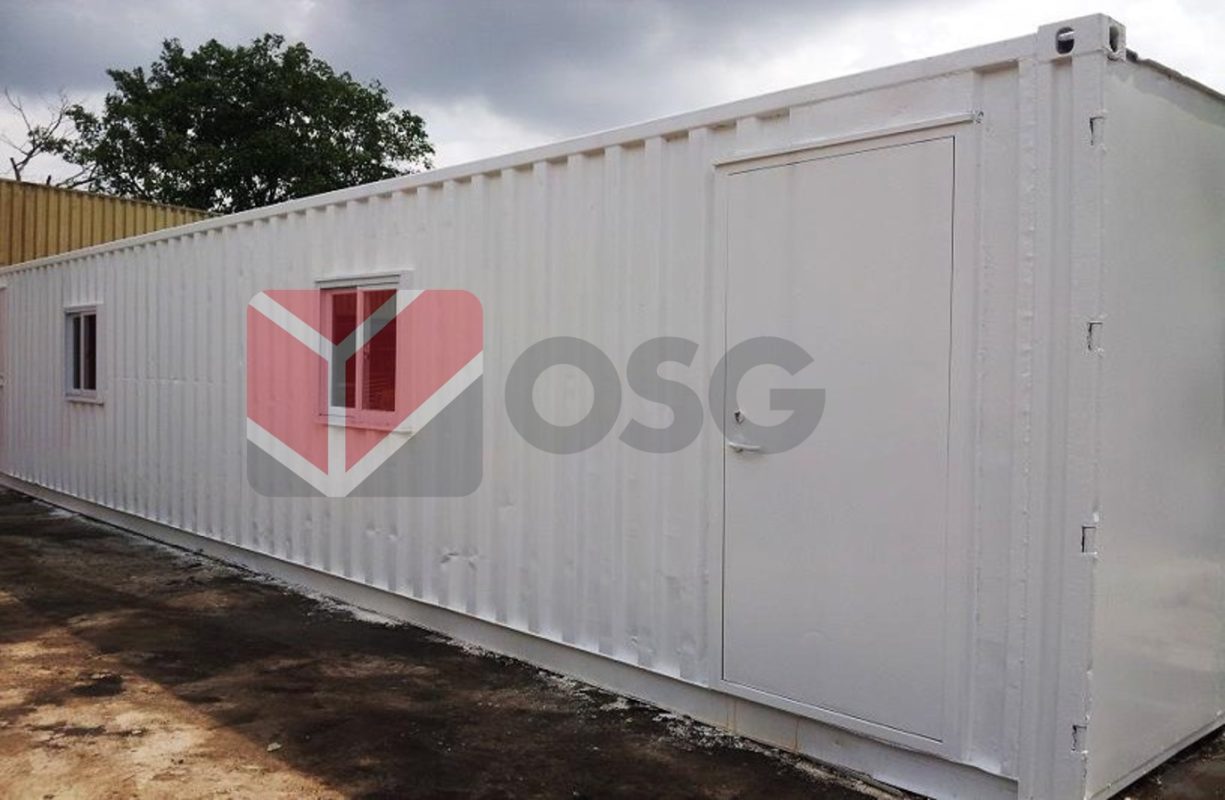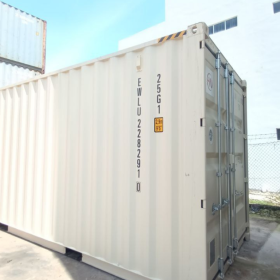How Shipping Containers Are Driving the Circular Economy

In recent years, the concept of the circular economy has gained significant traction as a sustainable alternative to the traditional linear model of “take, make, dispose.” At the heart of this shift lies an emphasis on maximizing resource efficiency and minimizing waste through innovative strategies. One of the most intriguing applications of circular economy principles can be seen in the use of shipping containers, which are transforming from mere cargo carriers into versatile tools for sustainable development.
The Rise of Shipping Containers as Circular Economy Tools
Shipping containers have long been the backbone of global trade, facilitating the movement of goods across continents. However, their potential extends far beyond their primary function. As awareness of environmental issues grows, the shipping container has emerged as a symbol of the circular economy, demonstrating how repurposing and recycling can contribute to sustainability.
- Recycling and Repurposing
One of the most straightforward ways shipping containers support the circular economy is through recycling and repurposing. Instead of being discarded after their shipping life ends, containers are increasingly being repurposed for various uses. These versatile structures can be transformed into anything from homes and offices to pop-up shops and community centers. By extending the lifecycle of these containers, we reduce the need for new materials and decrease waste.
Repurposing shipping containers for construction and other uses not only conserves resources but also minimizes the environmental impact associated with producing and transporting new building materials. For instance, a standard 20-foot shipping container, when converted into a living space, can serve as a low-cost housing solution that reduces the carbon footprint compared to traditional construction methods.
- Modular and Sustainable Design
Shipping containers are inherently modular, which aligns well with circular economy principles. Their standardized dimensions allow for easy stacking and combination, making them ideal for modular construction projects. This modularity means that containers can be rearranged, expanded, or downsized with relative ease, promoting flexibility and adaptability in design.
Incorporating sustainable design practices into shipping container projects further enhances their contribution to the circular economy. Features such as green roofs, solar panels, and energy-efficient insulation can transform containers into eco-friendly structures that minimize their environmental impact. By utilizing these sustainable design elements, shipping container projects can reduce energy consumption and improve overall efficiency.
- Circular Economy in Supply Chains
Shipping containers also play a crucial role in optimizing supply chains within the circular economy framework. Traditional linear supply chains often involve a one-way flow of materials, leading to waste and inefficiency. In contrast, a circular supply chain focuses on closing the loop by reusing and recycling materials.
Containers can facilitate this shift by enabling the efficient transport of recyclable materials and products designed for disassembly. For example, companies can use containers to ship used goods back to manufacturers for refurbishment or recycling, ensuring that valuable resources are recovered and reintroduced into the production cycle. This approach not only reduces waste but also conserves resources and lowers production costs.
- Innovative Applications and Case Studies
Several innovative projects showcase the potential of shipping containers in advancing the circular economy. For instance, the “Container City” project in London repurposes shipping containers to create affordable housing and workspace solutions. The project demonstrates how containers can be adapted to meet various needs while promoting sustainable urban development.
Another example is the use of shipping containers in disaster relief efforts. Organizations have converted containers into portable medical facilities, classrooms, and temporary shelters. These container-based solutions provide rapid, scalable responses to crises, minimizing waste and optimizing resource use.
Challenges and Future Prospects
Despite their advantages, the use of shipping containers in the circular economy is not without challenges. Issues such as container maintenance, structural modifications, and regulatory considerations must be addressed to ensure their effectiveness and safety in new applications.
Looking ahead, the continued exploration of shipping containers’ potential in the circular economy will likely lead to more innovative solutions and applications. As technology advances and sustainability practices evolve, shipping containers will undoubtedly play an increasingly vital role in promoting a circular and resource-efficient future.
Conclusion
Shipping containers, often seen merely as cargo carriers, are proving to be powerful tools in advancing the circular economy. By recycling, repurposing, and optimizing their use, we can reduce waste, conserve resources, and create sustainable solutions across various sectors. As we continue to embrace circular economy principles, the humble shipping container stands as a testament to how innovative thinking can drive meaningful change and contribute to a more sustainable world.





